Found By Accident contains affiliate links and is a member of the Amazon Services LLC Associates Program. If you make a purchase using one of the Amazon links (or other affiliate links), we may receive compensation at no extra cost to you. See our disclosure policy for more information.
14 Enchanting Birds That Only Reveal Themselves At Dusk
There’s something undeniably captivating about birds that thrive as the sun dips below the horizon. And these feathery little drama queens take the evening shift in stride – chirping, swooping, and strutting their stuff as twilight steals the day.
While the rest of us are debating whether to binge another episode or finally tackle the dinner dishes, these birds are busy orchestrating their own sunset symphony. Every call, flap, and glide seems perfectly timed to the changing hues of the sky, like they’ve got some secret deal with the universe to own this golden hour.
These birds don’t just blend into the scenery at this time of night; they make the evening their stage. So stick around and read on to meet some of the coolest performers lighting up the dusk.
Fiery-Necked Nightjar
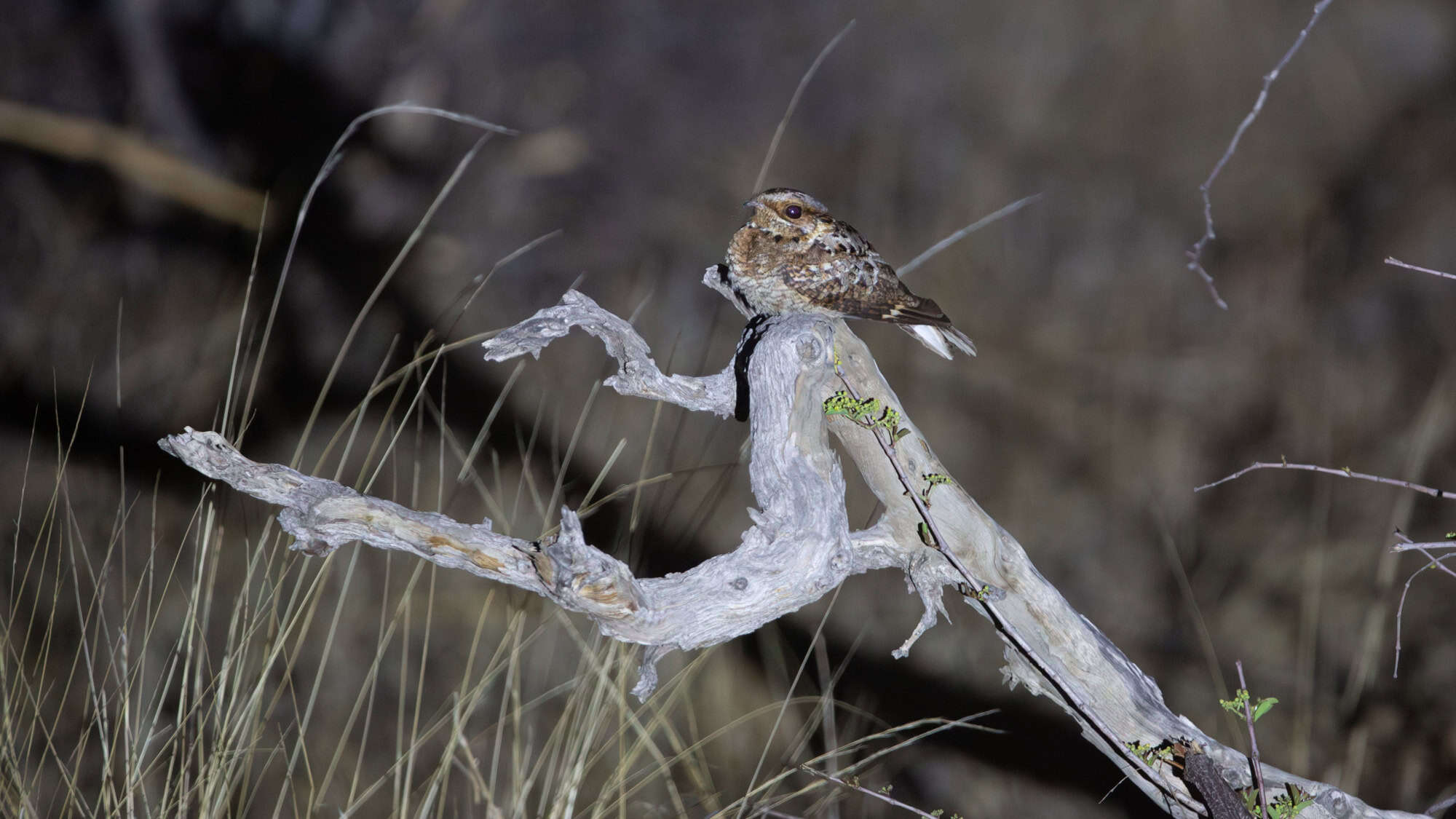
If birds could compose soundtracks, the fiery-necked nightjar would win the “Most Dramatic Score” award – hands down. This African superstar is known for its eerie yet fascinating “good-lord-deliver-us” call… which sounds like it’s auditioning for a role as a haunted forest sound effect.
Heard mostly at dusk, this bird seems to enjoy making its presence known when the sky turns moody. Sporting a perfect camouflage of browns and grays, the nightjar is practically invisible during the day, blending seamlessly into leaf litter.
At night, it transforms into an insect-hunting ninja, swooping up unsuspecting bugs with impeccable precision. It may be hard to find, but if you hear that ghostly refrain in the twilight, you know it’s lurking.
Barred Owl
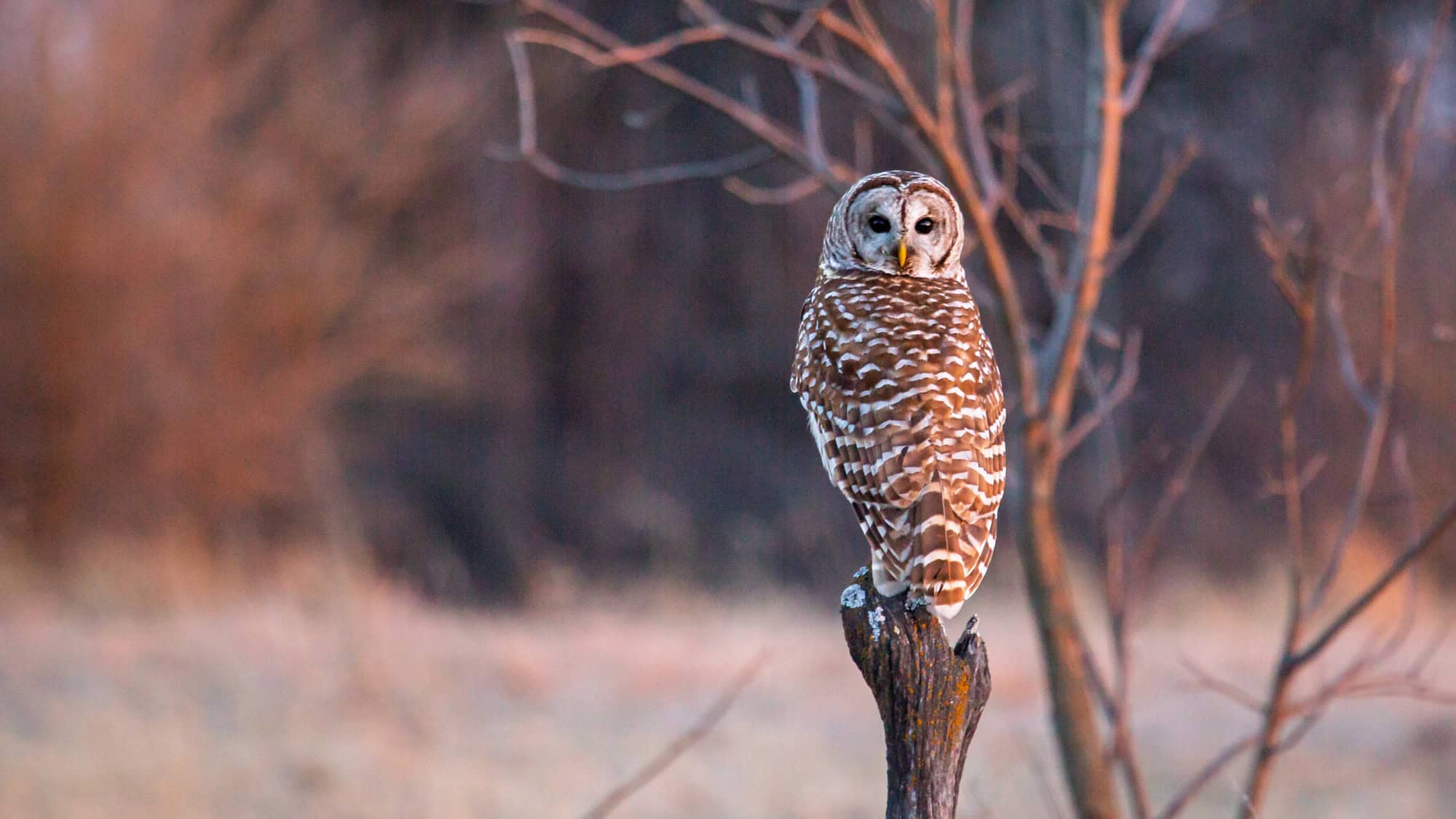
The barred owl might not have invented sass, but it sure perfected the art of “Who cooks for you?” (its famous call that sounds like it’s bossing you around in the kitchen). Found across North America, this owl often breaks the nocturnal code and gets active during twilight hours, giving sunset watchers an uninvited but entertaining concert.
With its stunning brown and white vertically striped feathers (think woodland chic), it somehow looks both wise and like it just woke up late for an important meeting. Its diet? Pretty diverse honestly; it’s equally enthusiastic about rodents, amphibians, and the occasional small bird.
Barred owls are confident, charismatic, and a little loud. And if they weren’t so adorable, that call might even feel like a personal attack.
Australian Owlet-Nightjar
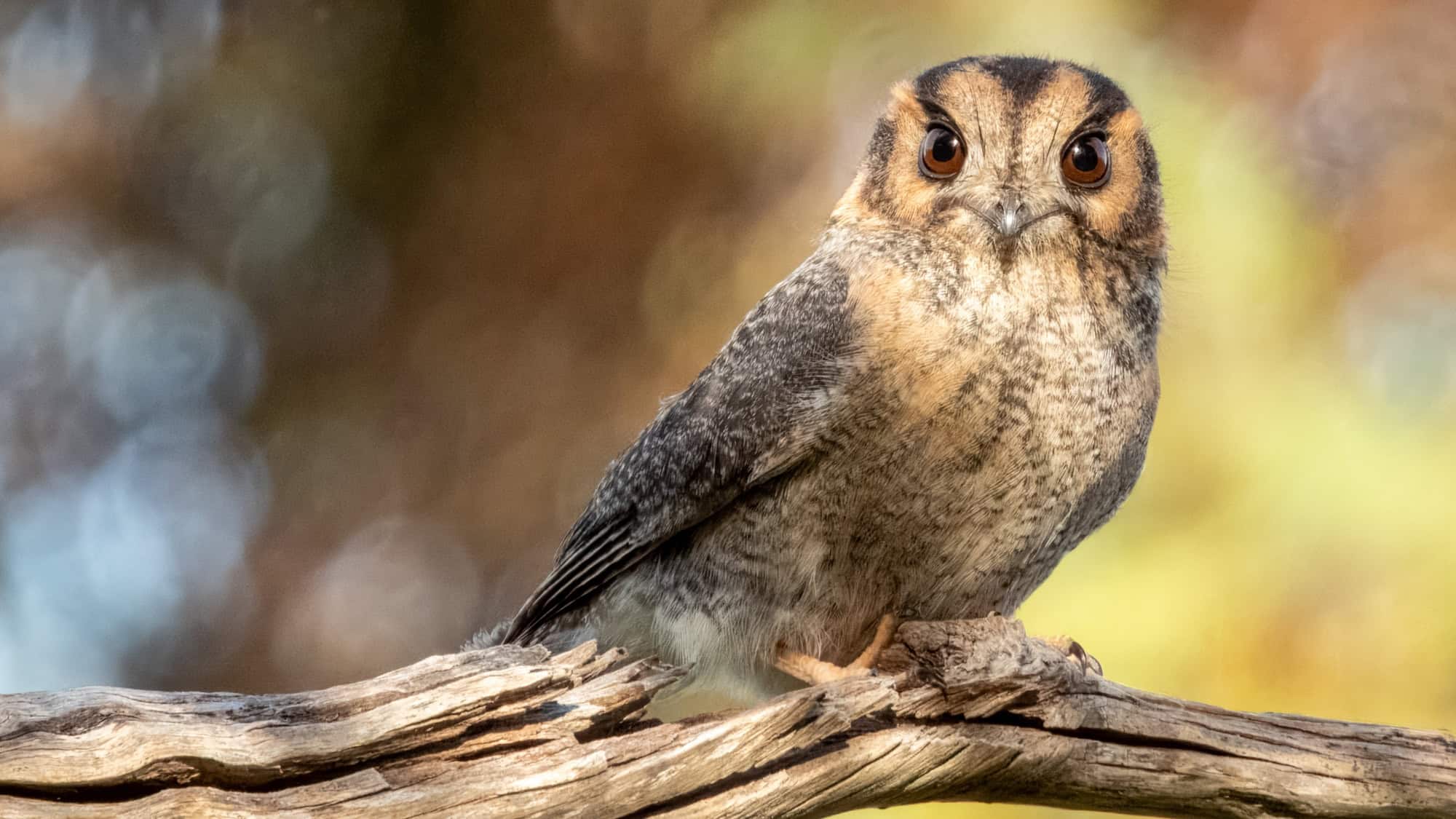
This tiny fluffball may look unassuming, but don’t be fooled; when twilight hits, it’s all business. The Australian owlet-nightjar zips through the dusk sky, snatching up insects like the buffet is about to close. And its small stature and big eyes are perfect for spotting snacks in the dim light, making it an expert micro-predator.
During the day, it tucks itself away in tree hollows, giving off major “don’t bother me, I’m napping” energy. You probably wouldn’t notice it unless you stumbled onto its hideout… and even then, it might just peek out long enough to side-eye your intrusion.
It’s low-maintenance but ruthlessly efficient, a compact carnivore with a taste for crickets and other creepy crawlies. And isn’t it just the cutest?
Great Potoo
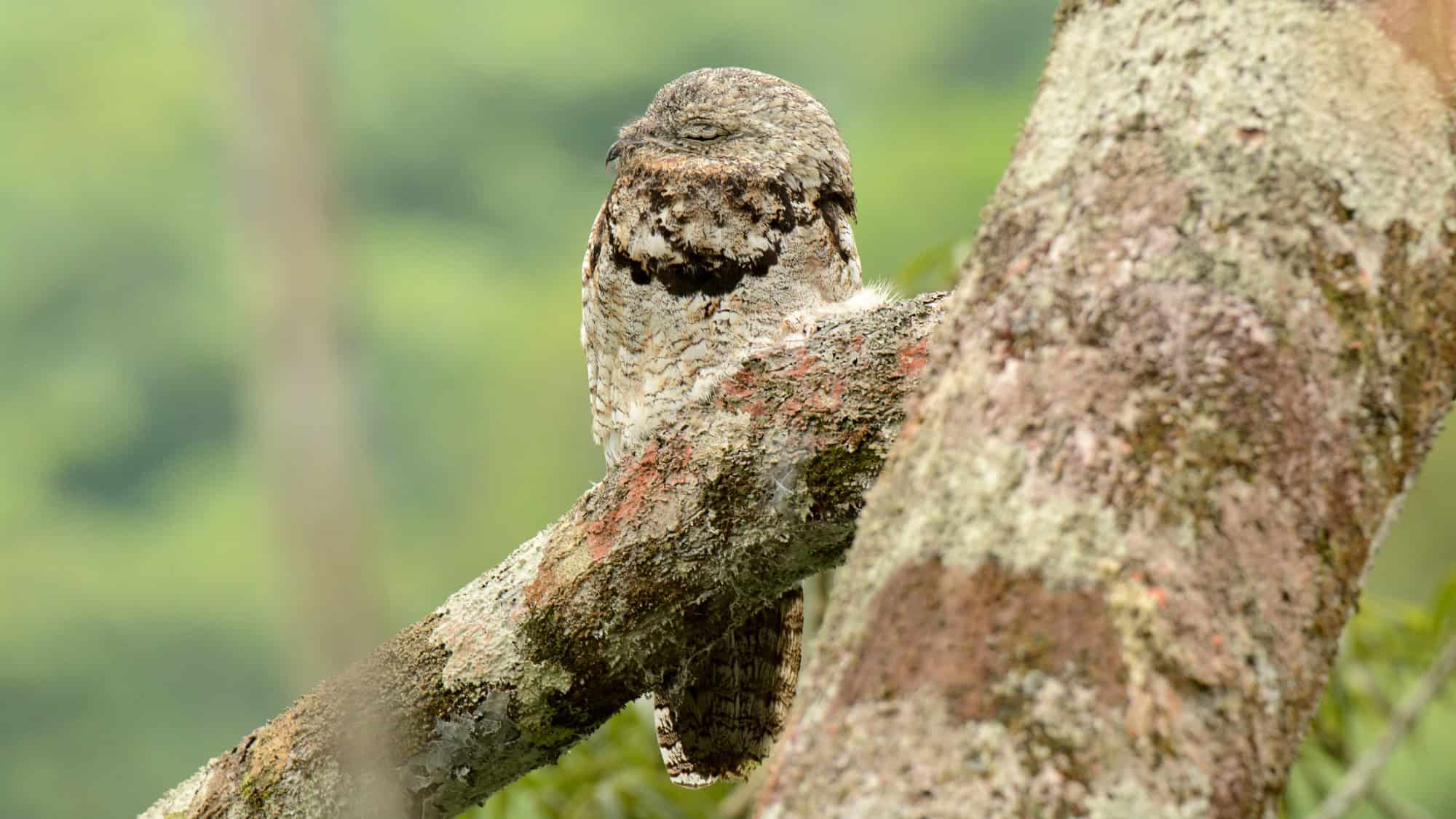
The great potoo is the bird version of a professional hide-and-seek champion. During the day, it sits perfectly still, convincing you it’s just an old branch or a sad, forgotten tree stump. Seriously, is this bird committed to the role, or what?
But when darkness begins to fall, it drops the tree cosplay and gets busy snacking on moths and other nocturnal critters, thanks to its giant, cartoonish mouth. Native to Central and South America, the potoo has a haunting call that sounds like the kind of thing you’d hear at a ghost story campfire – creepy and exciting all at once.
Add those marble-like eyes to the equation, and you’ve got a bird that keeps things mysterious. It’s weird, it’s kind of hilarious, and honestly, it’s hard not to root for it.
Bronze-Winged Courser
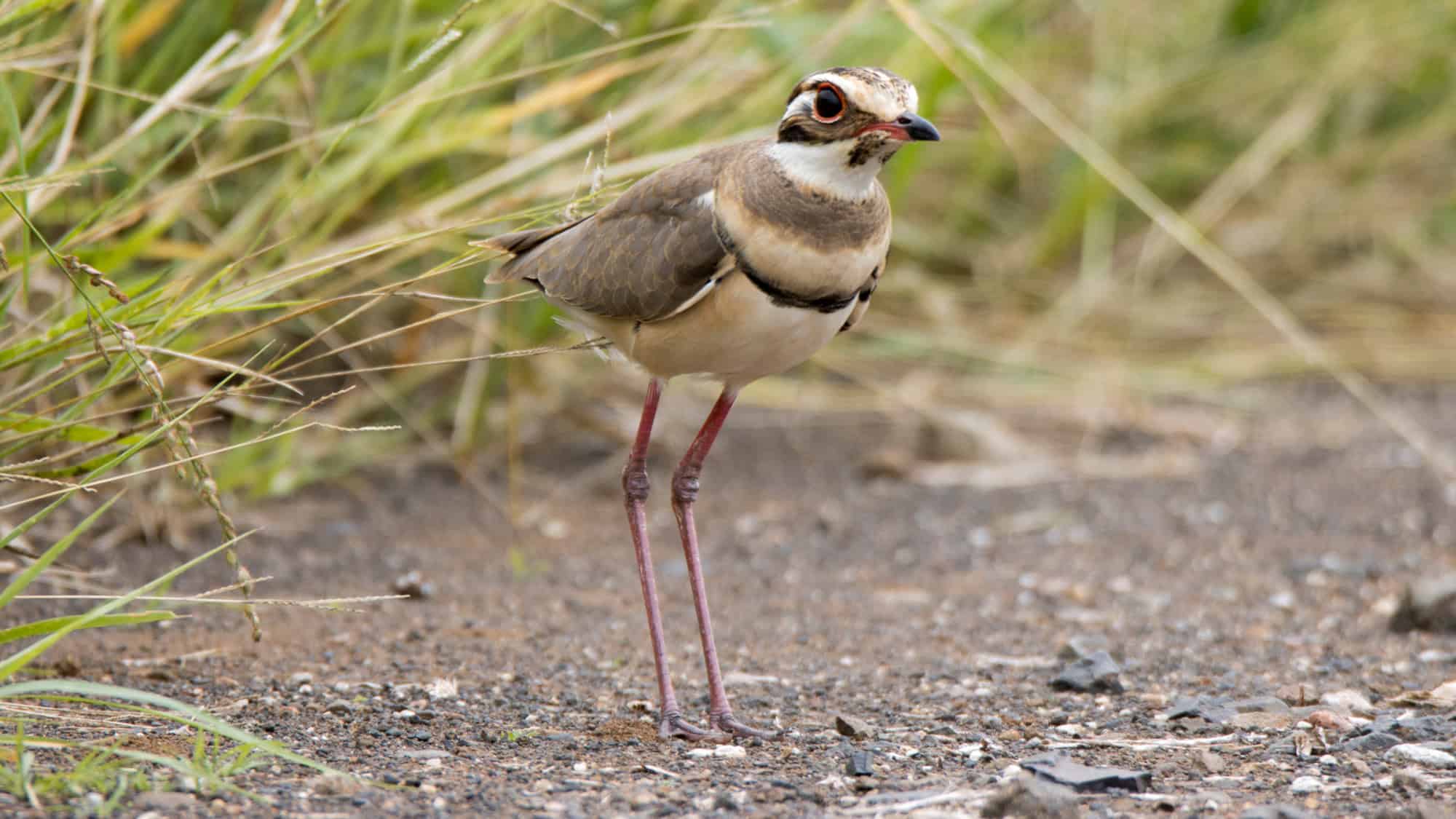
Meet the bronze-winged courser, a bird that would rather sprint marathons than bother with flying unless absolutely necessary. Found in Africa, this ground-dweller kicks up dust during twilight, chasing after insects with the focus of a determined bargain hunter on Black Friday.
Its beautiful bronze-hued wings aren’t just for show; they help it blend into the savannas when it’s time to duck predators or nap in the brush.
Though mostly seen scurrying around at dusk, this bird keeps a pretty chill day schedule, hanging around shaded spots and dodging the sometimes brutal midday heat. The courser is proof that sometimes running around without purpose can still look pretty stylish.
Black-Crowned Night Heron
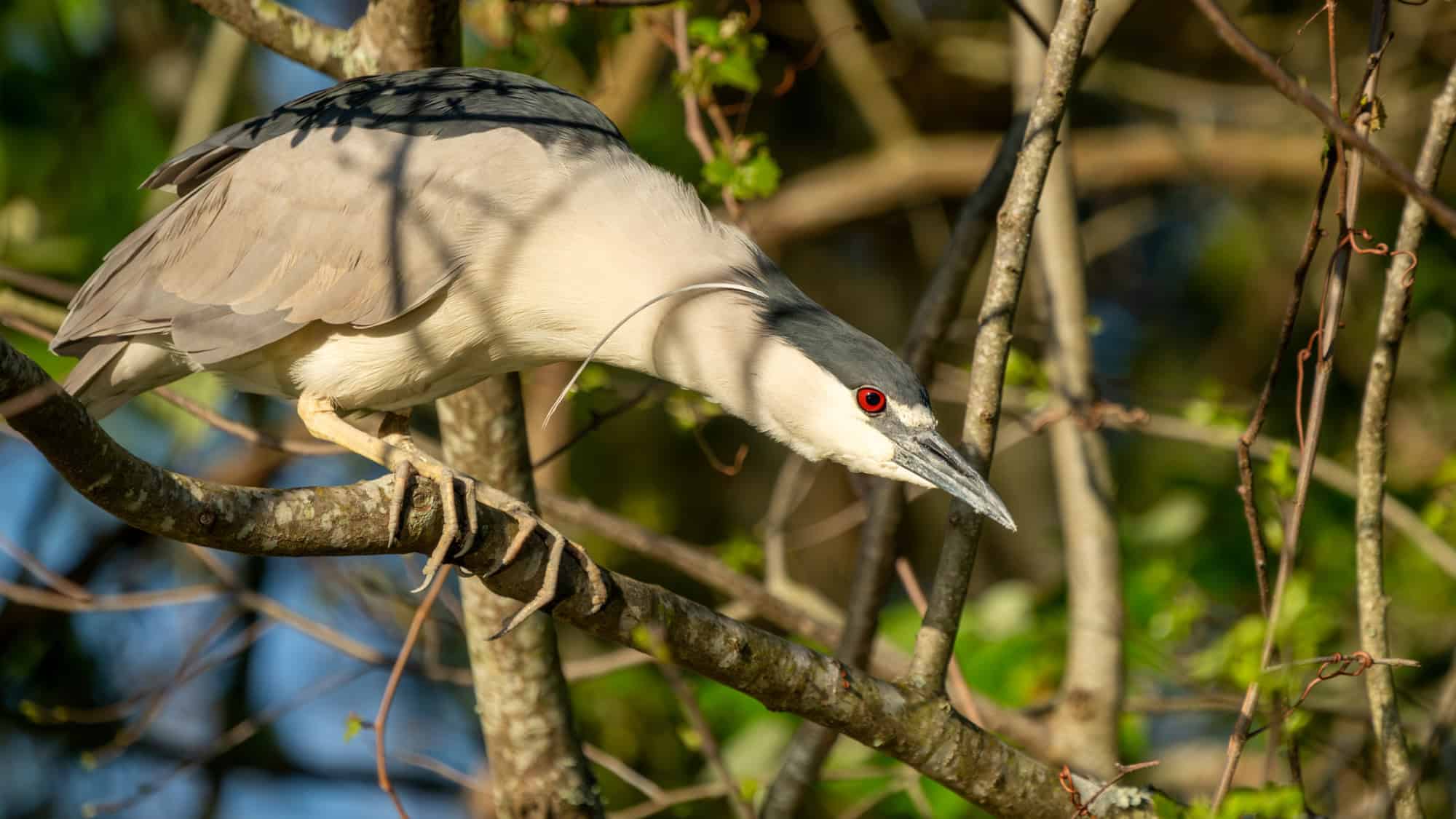
The black-crowned night heron is the avian equivalent of a night shift worker, clocking in at twilight and thriving in the dark hours while everyone else is asleep. Rocking its signature black crown and grayish-white plumage, this heron looks like it’s ready for a masquerade ball.
Found on every continent except Australia and Antarctica (your move, heron), it has a taste for fish, shrimp, and other unsuspecting amphibians. It’s not a fussy hunter, just patiently wading through shallow waters like it has all night.
These birds are skilled hunters who value a quiet silhouette over flashy tricks. And they don’t even mind sharing fishing spots with others… talk about cool and collected.
American Bittern
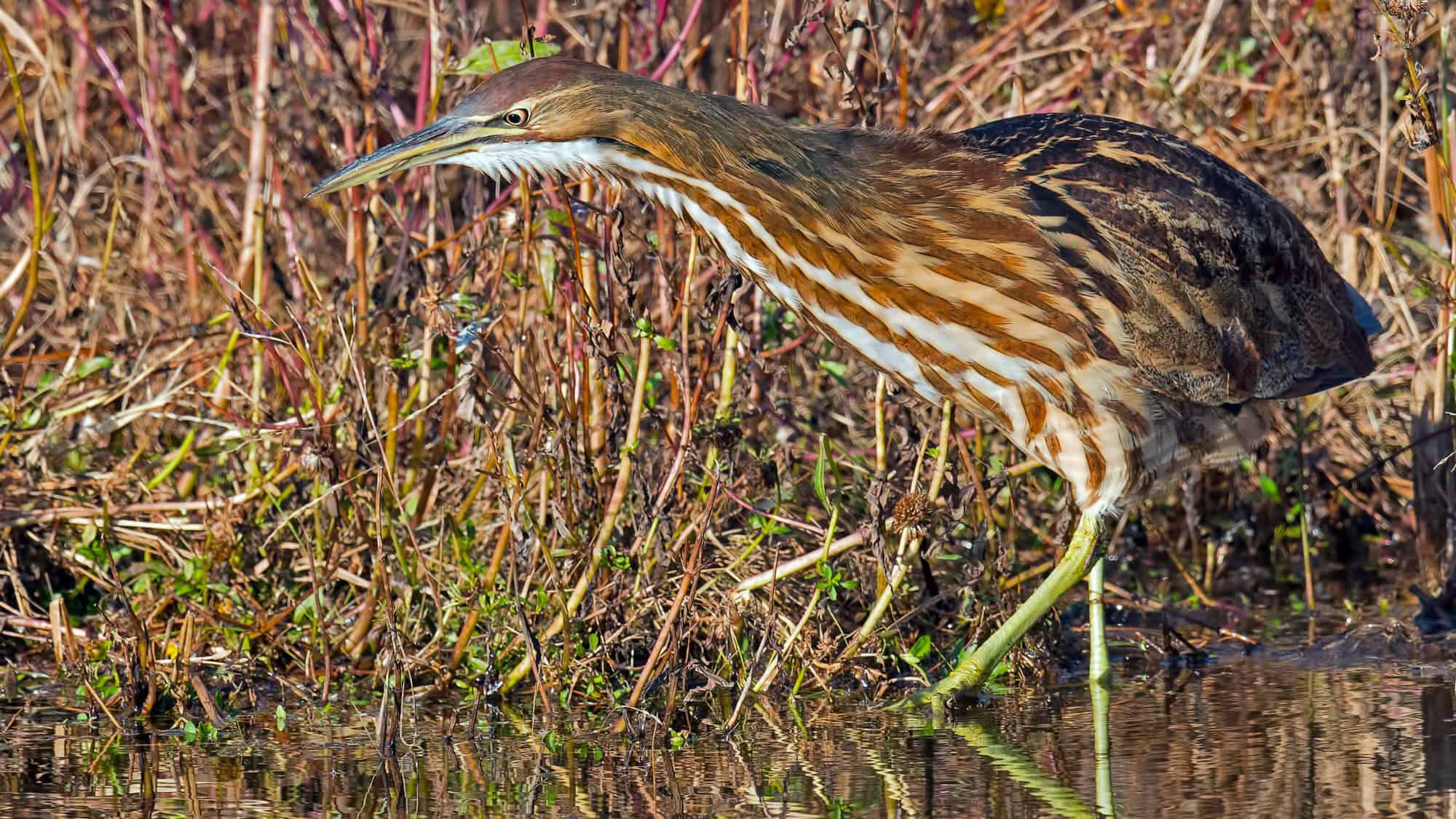
A bird with the vocal range of a decrepit water pump deserves some attention, wouldn’t you agree? Enter the American bittern, a marsh-dwelling recluse that spends its evenings on a stealthy hunt for fish, frogs, and other aquatic treats.
Its call is a deep, resonating “gulp-gulp-gulp” that echoes through its watery hangout at twilight. Good luck spotting one, though. These masters of disguise can mimic the appearance of reeds by standing tall, straight, and almost judgmentally still.
If camouflage were an Olympic sport, the bittern would absolutely medal every time. But the real flex? Managing to look almost regal while stalking dinner in muddy marshes.
Tawny Frogmouth
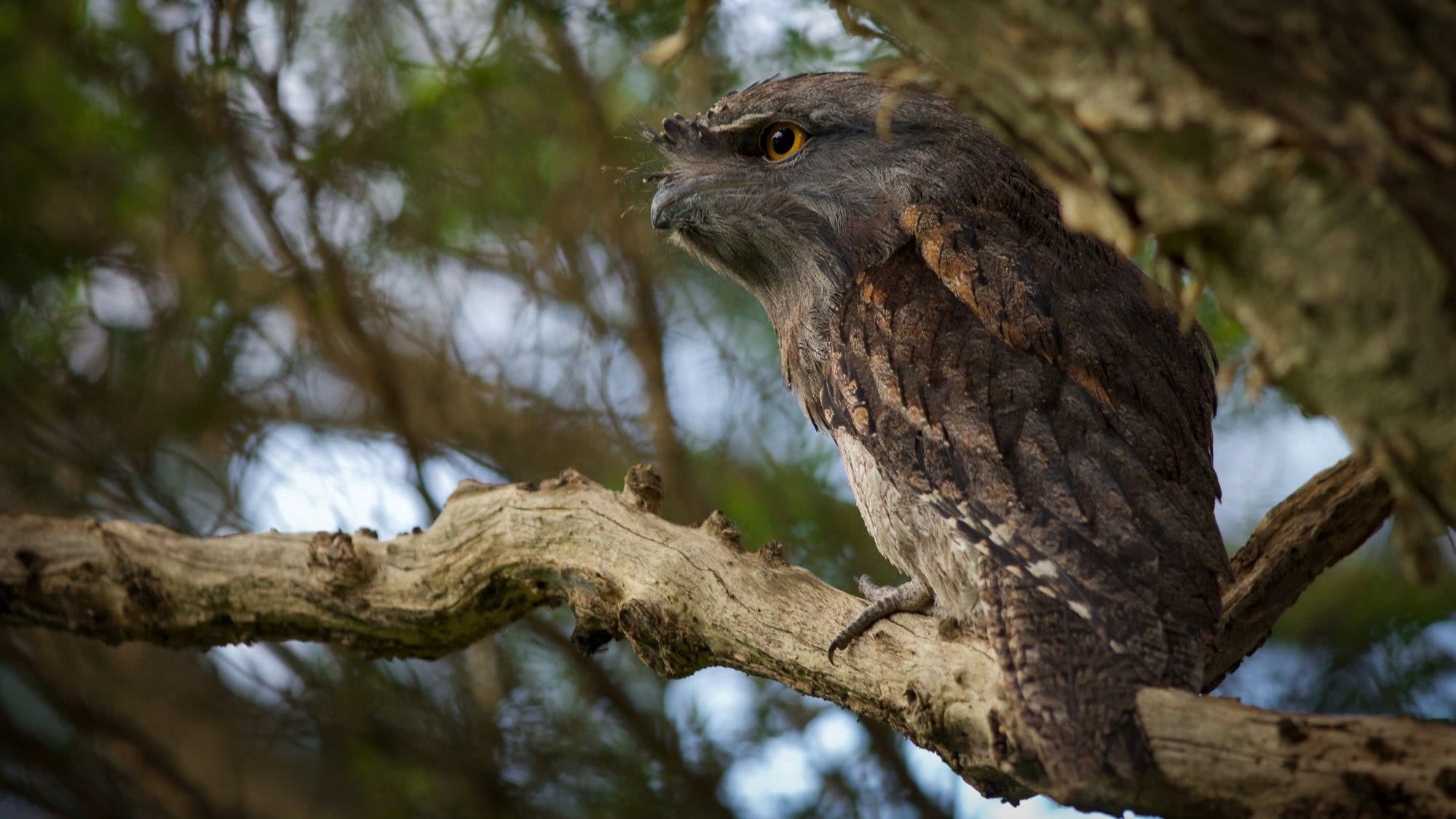
The tawny frogmouth is the bird that looks like it’s having a perpetual bad hair day (and I love it for that). Often mistaken for an owl, this quirky Aussie native has a wide mouth that’s perfectly designed for catching insects, along with a face that screams, “Don’t talk to me until I’ve had coffee.”
When it rests during the day, it masters the “I’m totally a stick” game by blending perfectly into branches, leaving predators second-guessing reality. But at night? It’s feasting on bugs, spiders, and even the occasional small mammal if it’s feeling ambitious.
The frogmouth isn’t flashy, but there’s something undeniably endearing about its low-key attitude. It’s the bird equivalent of your chill friend who never gets ruffled, but always seems to know what’s up.
Stone-Curlew
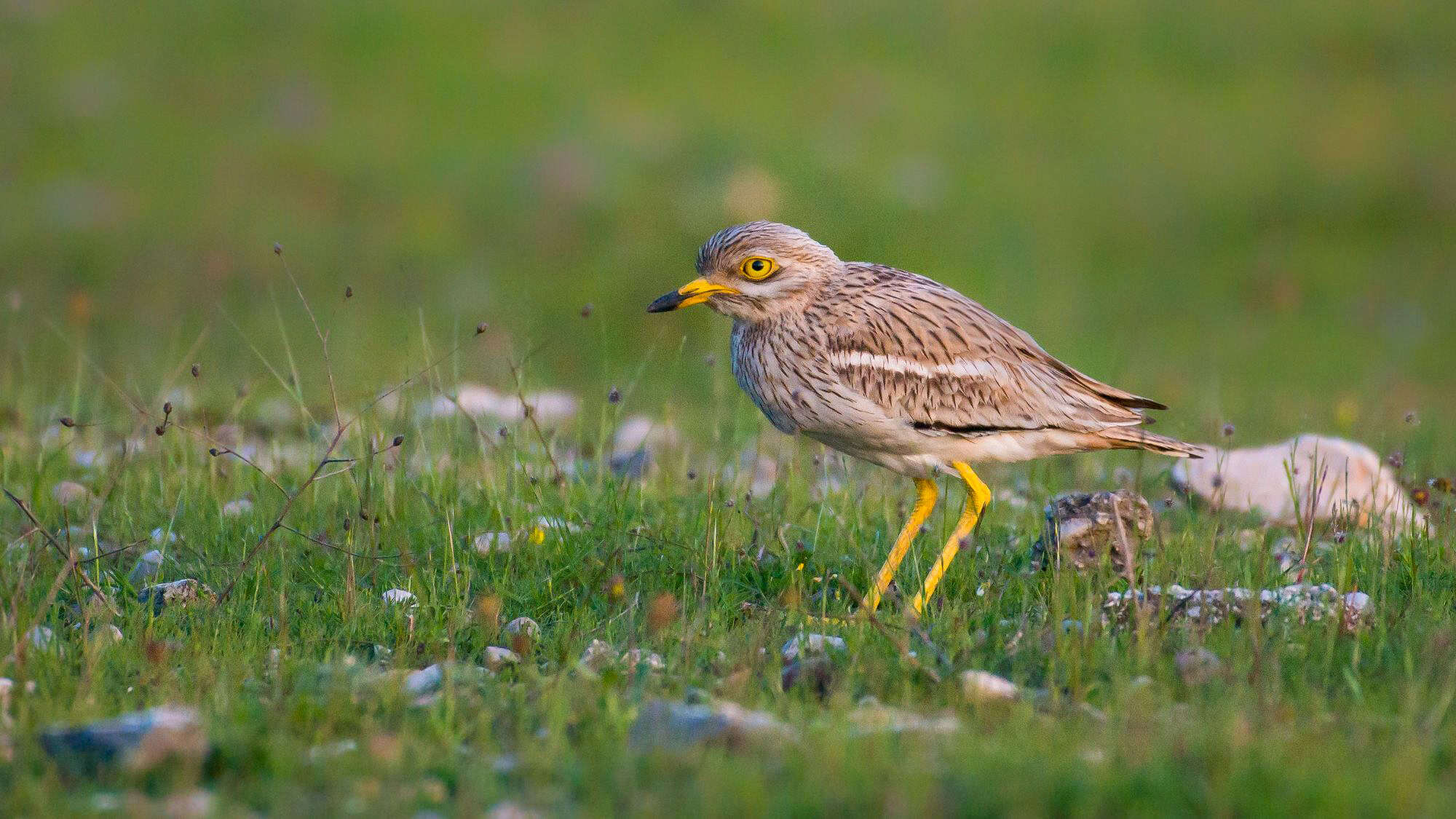
If you’ve never heard the stone-curlew, consider yourself lucky… or unlucky, depending on how much you enjoy being startled by what sounds like a ghost auditioning for an opera at 2 a.m. These birds are the ultimate night owls and reserve their loud, wailing calls for when most of us are peacefully dreaming.
They thrive in open habitats, where they strut, casually feasting on insects and small critters at twilight. And while their calls might send shivers down some spines, this bird is just doing its part to keep the food chain in check.
And with those bright yellow eyes, they stay alert enough to avoid ending up as someone else’s midnight snack. Efficient and melodramatic – a winning combo!
Little Penguin
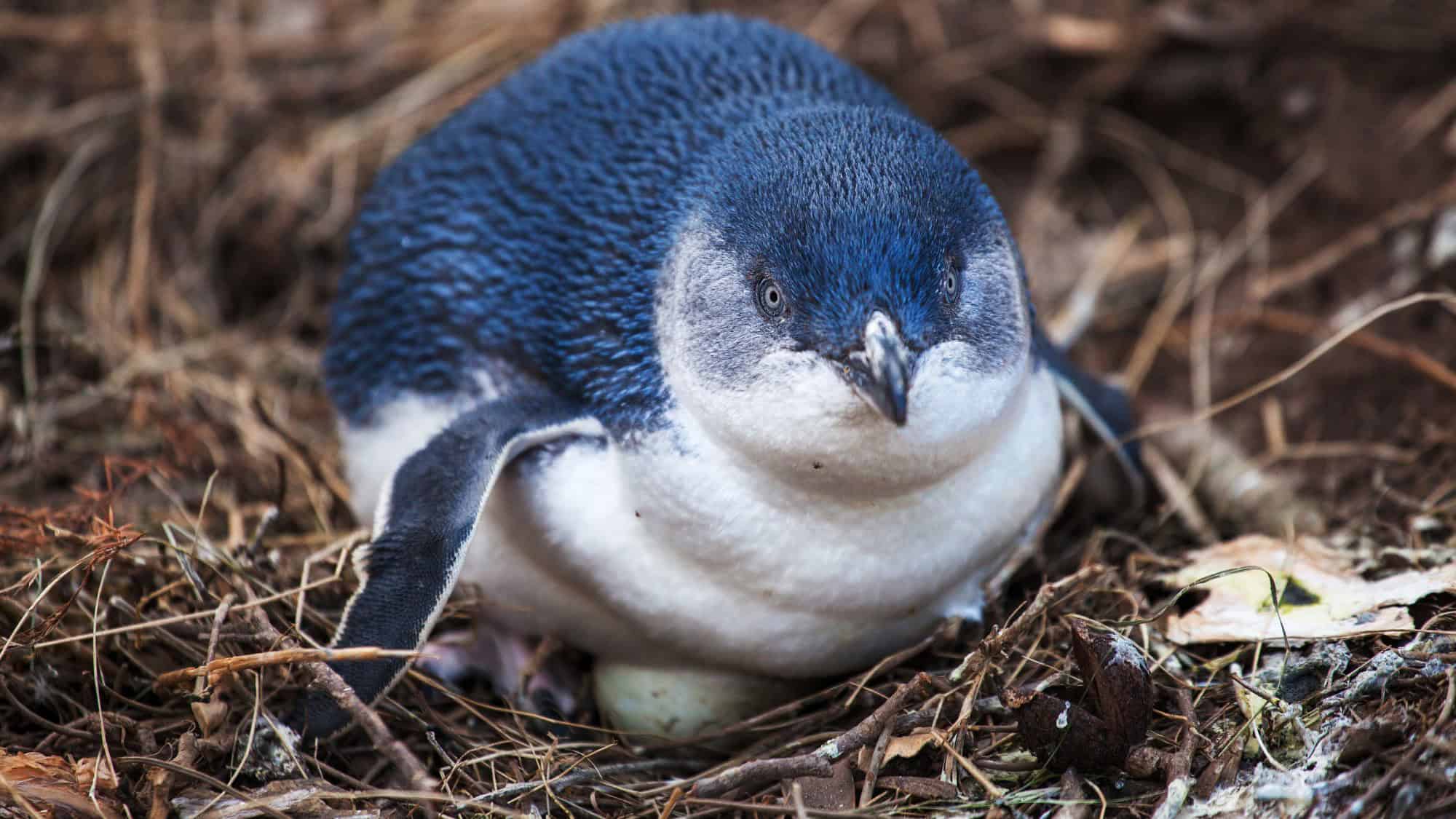
The little penguin (also known as the fairy penguin) is a pint-sized dynamo with a busy day of fishing and a punctual evening commute back to shore. At sunset, these adorable waddlers emerge from the waves, heading to their burrows like the world’s most precise clock-in crew.
Found in Australia and New Zealand, they don’t just hang out near the sea – they OWN the beach. Expect to see small traffic jams of these aquatic pros as they shuffle across the sand after a productive day of snagging fish and dodging predators.
It’s charming, endearing, and a little chaotic… basically everything you’d want from a seabird that’s only about a foot tall. Their work ethic? Undeniable. Their waddle? Iconic.
Common Nighthawk
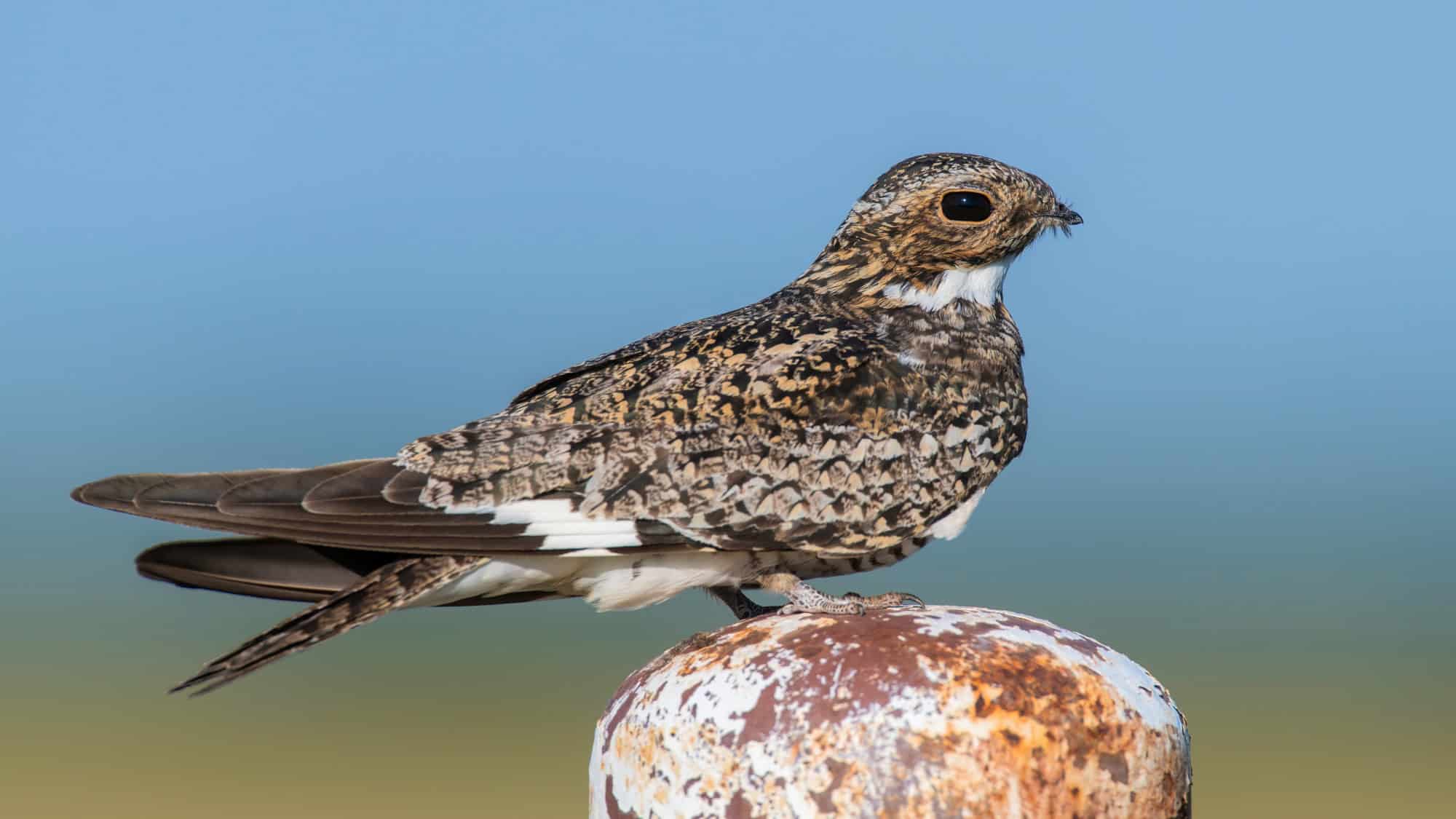
With a name like common nighthawk, you’d think these birds would try to blend in and call it a day. But nope. Instead, they’re airborne acrobats who own the twilight hours, swooping and zooming after their favorite meal, flying insects. Think dragonflies, moths… or basically any bug that didn’t read the fine print about becoming an evening feast.
Common nighthawks have this funky, almost mechanical call during their aerial dives, which makes them sound like a broken toy in turbo mode. And their body design? All about the swoop – long, pointed wings built for impressive stunts.
And their hunting strategy is basically the dinner equivalent of ordering delivery on roller skates. Practical, efficient, and immensely entertaining to watch.
Long-Eared Owl
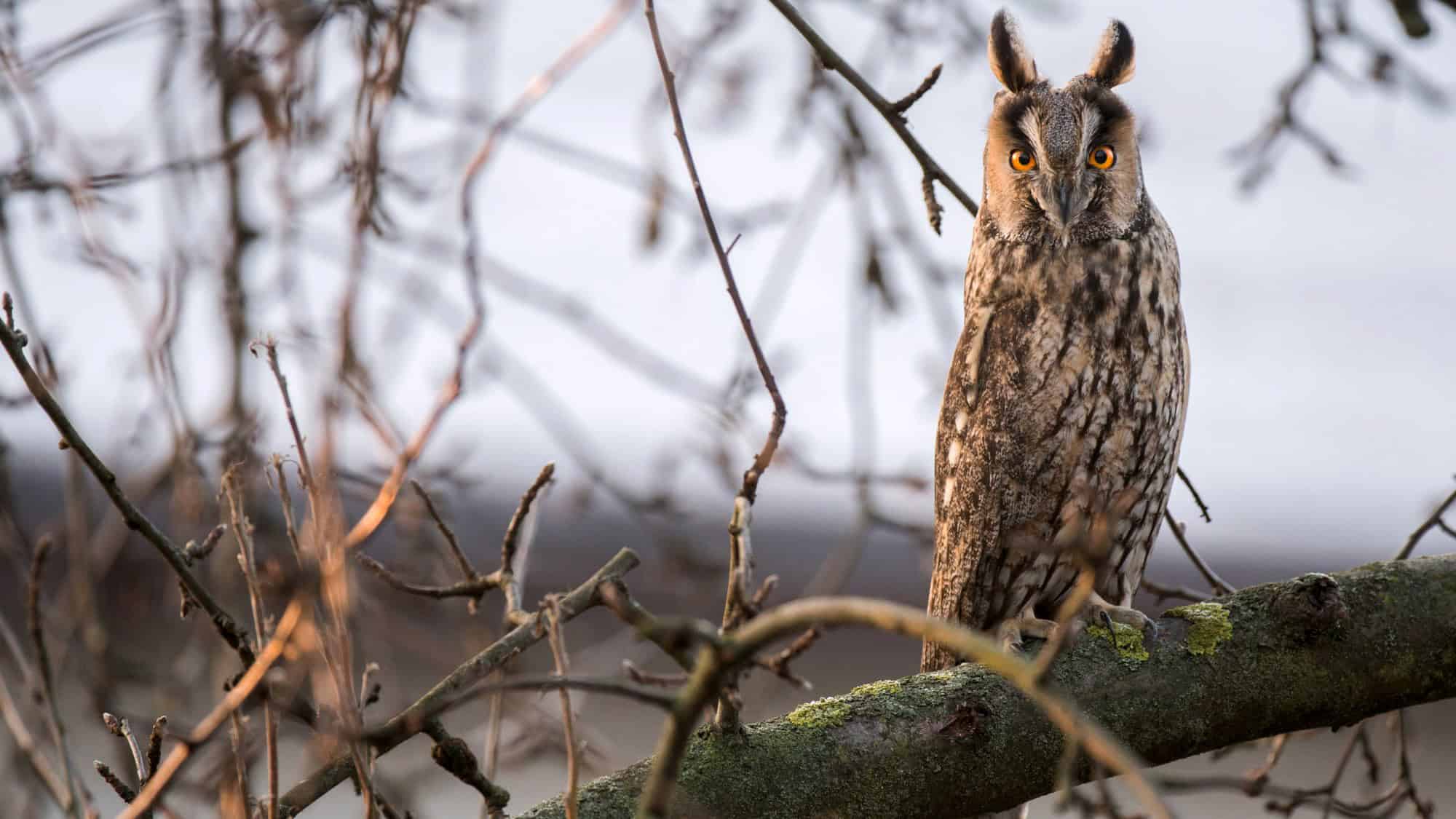
First of all, those “ears” aren’t really ears. They’re just feather tufts, but boy, do they sell the whole mysterious night predator thing.
The long-eared owl spends its days looking all business, but come twilight, it’s out working the night shift, gliding silently through the skies with far more grace than most of us can manage on land. Its diet is a rodent’s worst nightmare, as this owl’s razor-sharp talons and exceptional hearing make sneaking snacks an art form.
Plus, get this – its camouflage game is on another level. Perched in a tree, it blends in so well you could mistake it for a broken branch. Don’t blink or you will miss it. And when it heads out to hunt at dusk, it’s like flipping the “now you see me, now you don’t” switch like a pro magician.
Common Poorwill
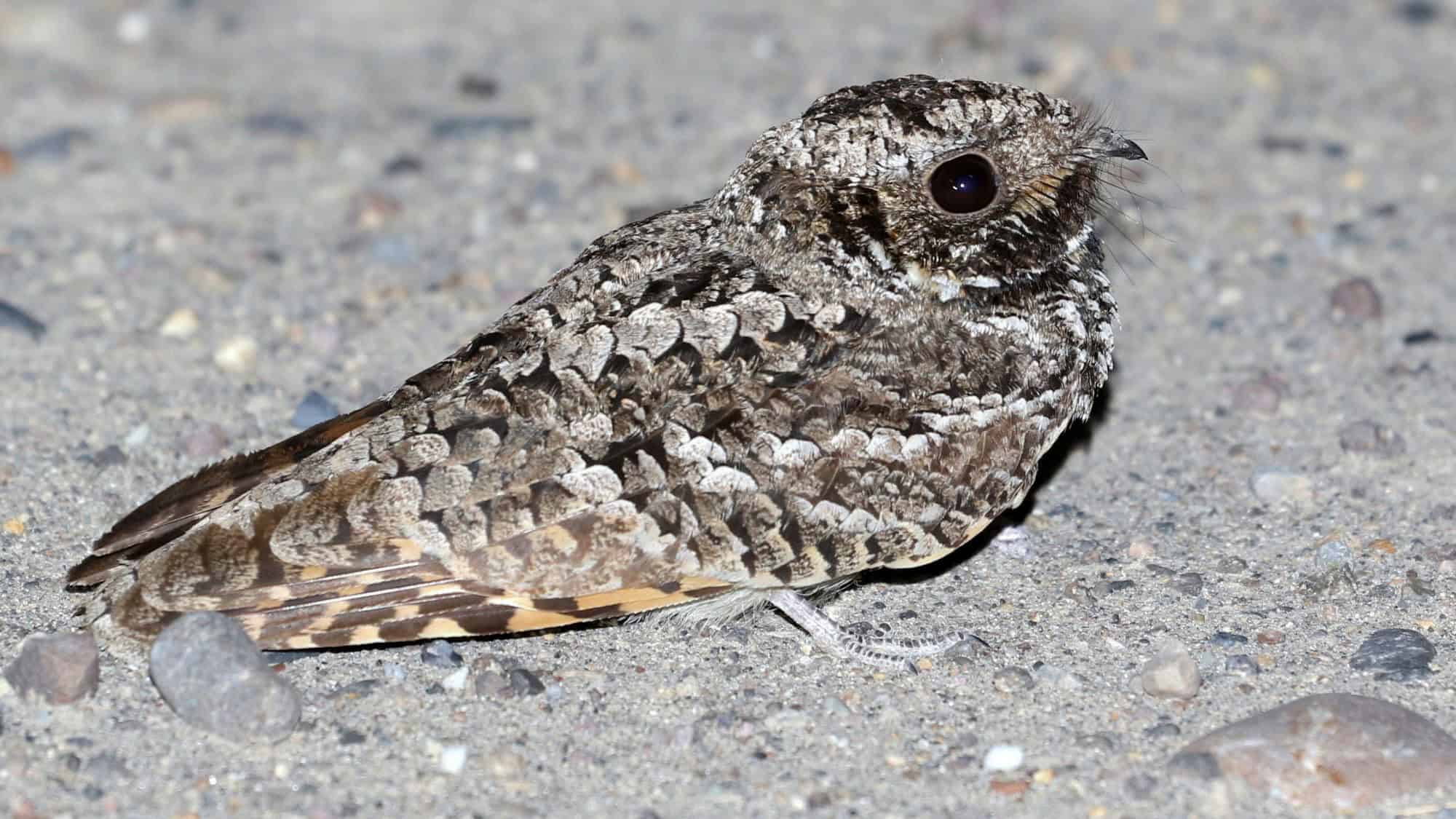
Here’s a bird that really knows how to handle life’s cold shoulder. The common poorwill is the only bird known to chill (literally) by entering a hibernation-like state called torpor when things get frosty.
While the rest of the avian crowd is busy flying south or toughing it out, this bird kicks back, lowers its metabolic rate, and waits for better weather. Talk about playing it smart.
At twilight, when it actually decides to be active, the poorwill feeds on nocturnal bugs, snapping them up with its wide, sneaky little mouth. And with a name that sounds like a character from an old nursery rhyme and survival tactics that would make a bear jealous, it’s a quirky mix of practical and fascinating.
Northern Mockingbird
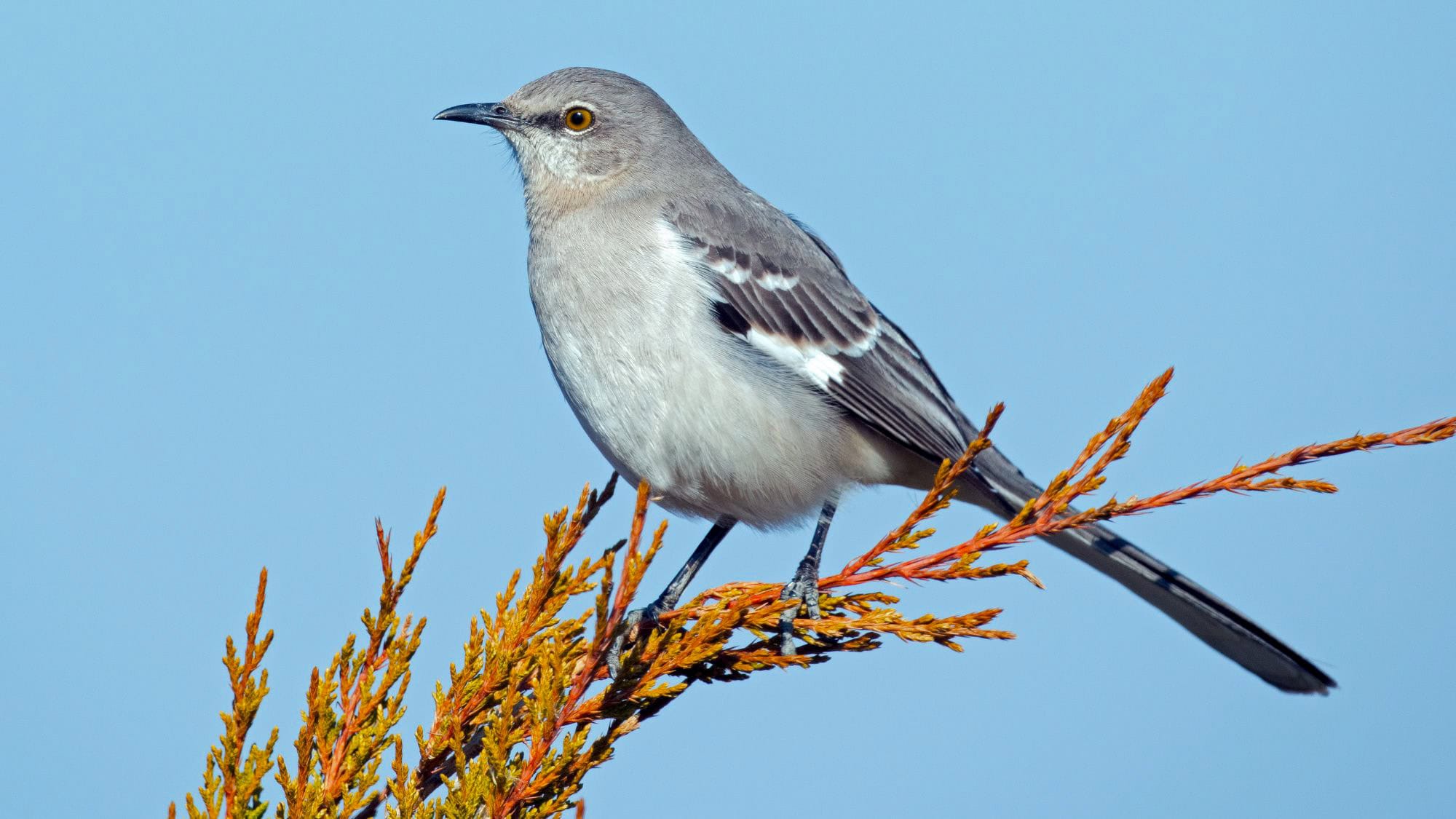
Our final pick might be slightly cheating, as they are commonly out during the day. But they have a nightly routine that makes them worthy of our list.
The northern mockingbird is that overachieving neighbor who’s always up to something. By day, it’s flying around defending its territory with the tenacity of someone fighting over the last parking spot.
But at night, especially during the breeding season, the males kick it up a notch by singing their hearts out under the moonlight. And the melodies are nothing short of impressive. This bird doesn’t just settle for one tune; it’ll mimic anything from other birds to frogs to (and if you’re lucky, a car alarm).
You can almost imagine it smugly saying, “Anything they can sing, I can sing better.” Sure, it might be a little extra, but you have to admire the dedication.
Like Our Content? Make sure to join our newsletter for all the latest on outdoor adventures (and a FREE STARGAZING GUIDE). Click here to sign up!

